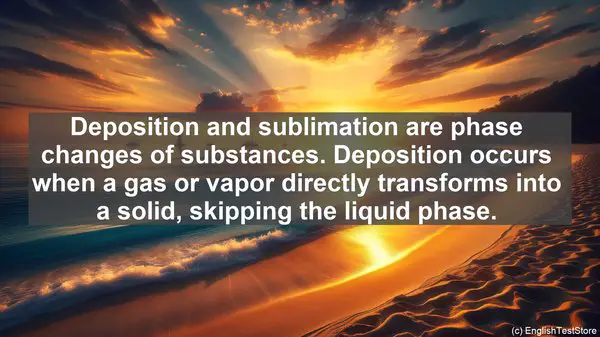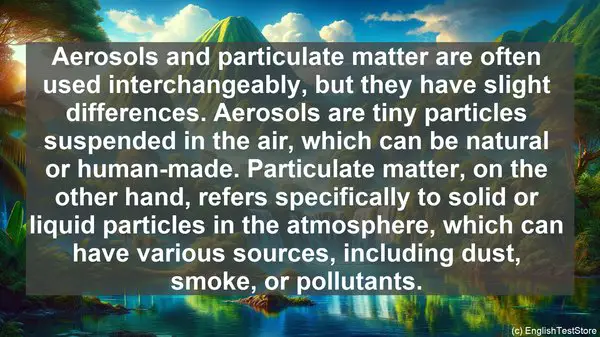Introduction
Welcome to today’s lesson on atmospheric biogeochemistry. In this lesson, we’ll be focusing on some words that often cause confusion. By the end, you’ll have a clear understanding of these terms.
1. Weather vs. Climate
Let’s start with a fundamental distinction. Weather refers to short-term atmospheric conditions, like temperature and precipitation, in a specific region. Climate, on the other hand, describes long-term patterns of weather in a particular area. While weather can change daily, climate represents the average conditions over a longer period.
2. Greenhouse Effect vs. Global Warming
These terms are often used interchangeably, but they have different meanings. The greenhouse effect is a natural process that traps heat in the Earth’s atmosphere, making it habitable. Global warming, on the other hand, refers specifically to the increase in Earth’s average temperature due to human activities, such as burning fossil fuels.
3. Emission vs. Absorption
Emission and absorption are two sides of the same coin. Emission refers to the release of gases or particles into the atmosphere, while absorption is the process of gases or particles being taken in. In the context of atmospheric biogeochemistry, we often study the emission and absorption of greenhouse gases.
4. Aerosols vs. Particulate Matter
Aerosols and particulate matter are often used interchangeably, but they have slight differences. Aerosols are tiny particles suspended in the air, which can be natural or human-made. Particulate matter, on the other hand, refers specifically to solid or liquid particles in the atmosphere, which can have various sources, including dust, smoke, or pollutants.
5. Oxidation vs. Reduction
Oxidation and reduction are two crucial chemical processes. Oxidation involves the loss of electrons, while reduction involves the gain of electrons. These processes are often involved in the transformation of atmospheric compounds, such as the conversion of nitrogen oxides to nitrogen dioxide.

6. Photosynthesis vs. Respiration
Photosynthesis and respiration are vital processes in the carbon cycle. Photosynthesis is the process by which plants and other organisms convert carbon dioxide into oxygen and organic compounds, using sunlight as an energy source. Respiration, on the other hand, is the process by which organisms break down organic compounds, releasing carbon dioxide as a byproduct.
7. Deposition vs. Sublimation
Deposition and sublimation are phase changes of substances. Deposition occurs when a gas or vapor directly transforms into a solid, skipping the liquid phase. Sublimation, on the other hand, is the direct transformation of a solid into a gas or vapor. These processes are often observed in the water cycle, where water vapor can directly turn into ice crystals.
8. Acid Rain vs. Acid Deposition
While acid rain is a commonly known term, acid deposition is a broader concept. Acid rain specifically refers to the deposition of acidic compounds, like sulfuric or nitric acid, through precipitation. Acid deposition, on the other hand, includes not only rain but also other forms of deposition, such as dry particles settling on surfaces.
9. Primary Pollutants vs. Secondary Pollutants
Primary pollutants are directly emitted into the atmosphere, often from human activities, such as burning fossil fuels. Secondary pollutants, on the other hand, are not directly emitted but form through chemical reactions in the atmosphere. For example, ozone is a secondary pollutant formed by the reaction of sunlight with nitrogen oxides and volatile organic compounds.
10. Nitrous Oxide vs. Nitric Oxide
Nitrous oxide and nitric oxide are both nitrogen compounds, but they have different properties and roles. Nitrous oxide, often referred to as laughing gas, is a potent greenhouse gas. Nitric oxide, on the other hand, is a precursor to other pollutants, such as nitrogen dioxide, which contributes to the formation of smog.

